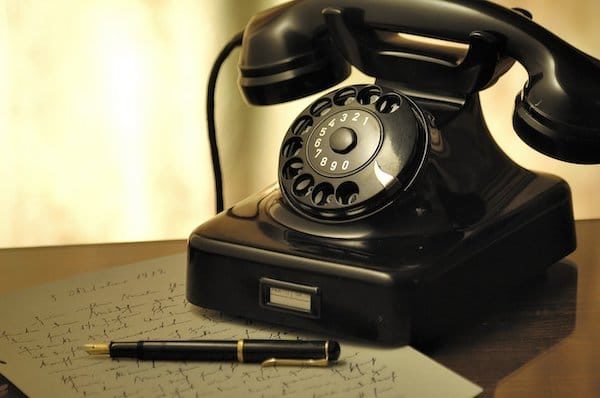
Isn’t voice mail supposed to make things easier? (Yes, I can feel you rolling your eyes, right now.) In business, it’s supposed to save us time and give callers the calming knowledge that someone is physically retrieving their messages every day. Whether you’re creating a greeting for incoming callers or leaving a message for someone else, be aware that what you say, and how you say it, is important.
Tips for Your Outgoing Message
- Be specific. Let your callers know when you are out of the office, when you can return calls and who they can contact in case of emergency. If appropriate, consider leaving an email address for them to send you more detailed information.
- Be current and pleasant. Update your outgoing message daily with the current date is often reassuring for many callers. Also, take time to make sure your voice and message sound positive. Believe it or not, but an upbeat message can make you more pleasing to prospective clients.
- Encourage specifics. Urge callers to leave as much detail as possible. The more information you have, you can get back to callers with answers and avoid that wasteful game called phone tag.
Tips for Leaving Voice Mail Messages
- Ask yourself if voice mail is the best way. Don’t leave a rambling message about numerous topics. Consider sending an email to cover multiple messages or possibly break down your call into individual voice mails. Also, ask your co-workers or boss what method of communication they prefer. Because of travel or other reasons, some people prefer email to voice mail.
- Get to the point. When leaving a message, make it clear upfront why you’re calling. That may sound obvious, but you’d be surprised at some voice mail content. Let the recipient clearly know why they should return your call.
- Remember contact information. Because some voice mail systems have time limits, consider starting the voice mail message with the important information first: name, company and phone number. But, regardless when you leave it, remember to leave it. They may have your number, but leave it again because it might not be easily accessible.
Do you need help building effective communication channels across your team? Linda’s workplace presentations can help your team work more effectively and productively. Contact her today.
